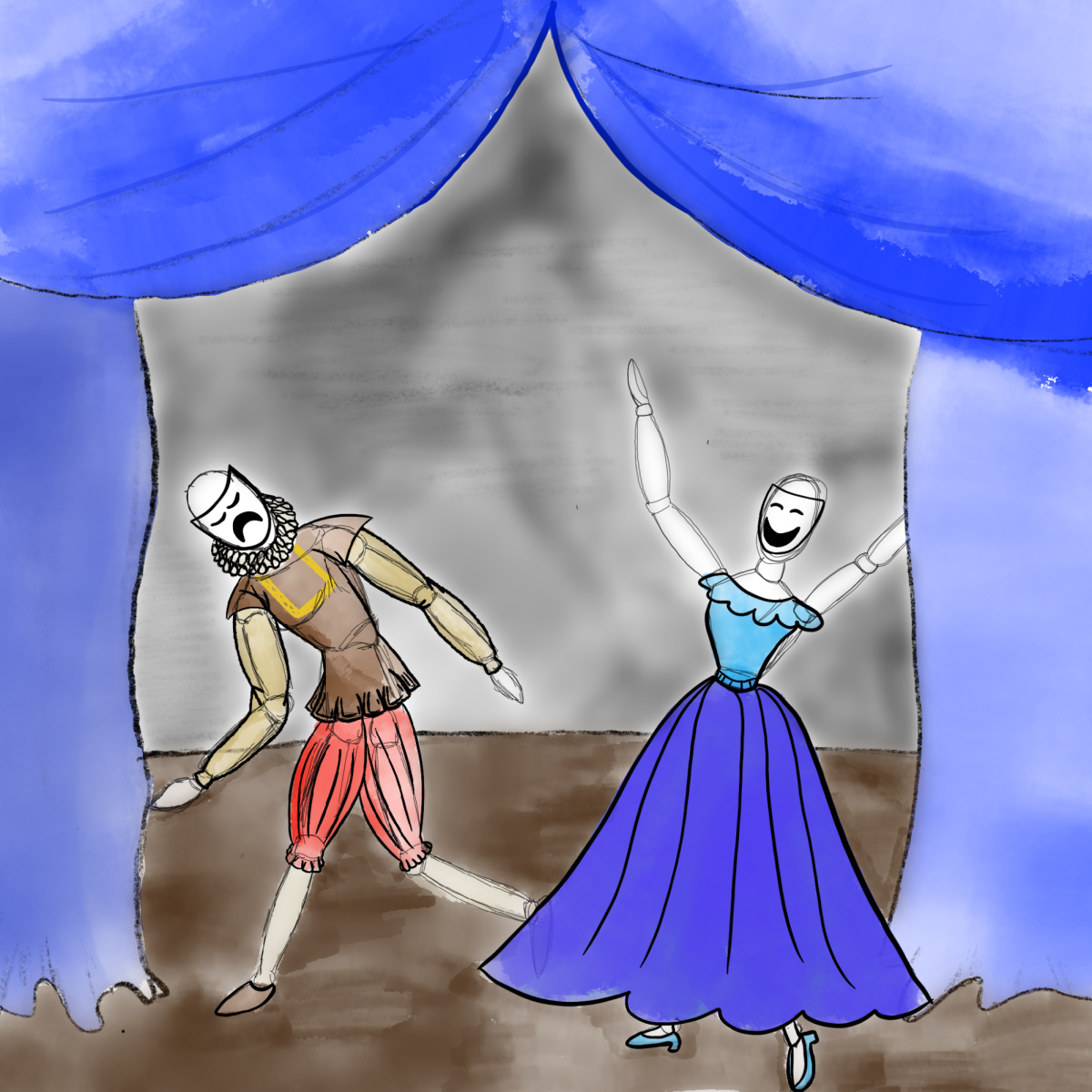When classes are graded on a curve, friends can turn to foes. Two students can study together, but there’s often still an element of distrust. When one of the students tells another a piece of information, it could be genuine, or it could be a lie intended to mislead and sabotage the competition’s test score.
Such situations are common in nature and economics alike, which has led scientists to develop a play-at-home version called the prisoner’s dilemma, making it easier to study how cooperation can emerge from competition.
The prisoner’s dilemma game works a little like rock-paper-scissors, but with multiple rounds and only two options — cooperate or defect. In the game, if both players cooperate, they both receive three points. If both players defect, they only receive one point. If one player defects while the other cooperates, the defector earns five points while the cooperator receives none.
No matter what one player does in a given turn, it’s better for the other to defect. But if they do that, the first player may resent them and retaliate in a future round. In the long run, it’s best for both players to cooperate.
Robert Axelrod, Walgreen professor for the study of human understanding at the University of Michigan, created a tournament where participants submitted strategies to play the prisoner’s dilemma against each other. The results of the tournament showed that defecting was not good and neither were complicated rules.
The winning strategy, “tit for tat,” was the simplest. The program obeyed the following rules: Cooperate on move one and then, and for move two, do whatever the other player did on move one. For each of the following moves, just duplicate what the opponent did during the previous turn.
However, even though “tit for tat” won, Axelrod noted that other possible strategies could have defeated it. In fact, an example strategy sent to prospective contestants could have won if only someone had used it during the tournament. It was a nicer “tit for tat” that waited for its opponent to defect twice in a row before defecting back. Though this could have defeated “tit for tat,” it’s easier to exploit and probably wouldn’t have survived in a follow-up tournament.
Another strategy, significantly more complicated than the other two, was a slight modification to a submitted strategy that based its moves on how the other player responded to cooperations and defections in the past. The only difference is that the original started by defecting its first move, whereas the modification began by cooperating. If anybody had submitted this modification to the tournament, they would have won by a large margin.
Still, for students in a curved class, adopting a “tit for tat” strategy is probably the best way to go. It is simple, effective and doesn’t require clairvoyance. Help other students only as long as they continue to offer help in return, and prepare to retaliate against any freeloaders attempting to take advantage of the kindness of strangers.















